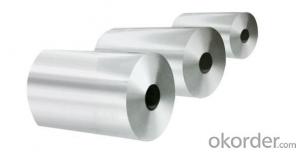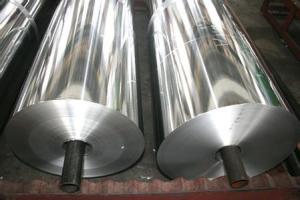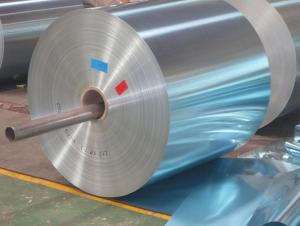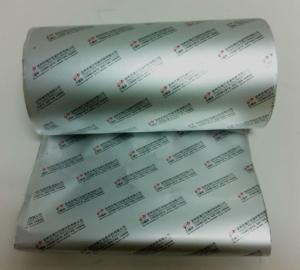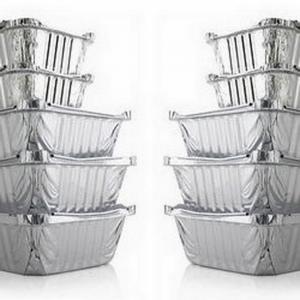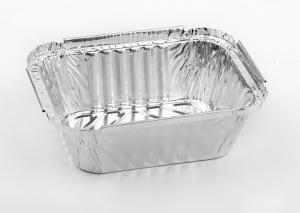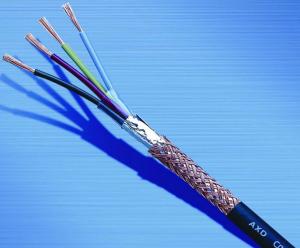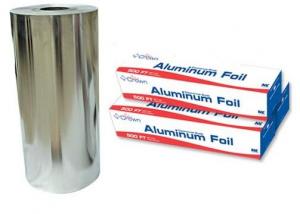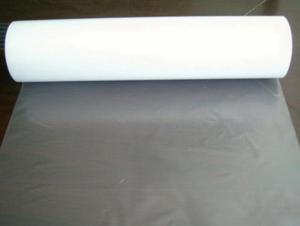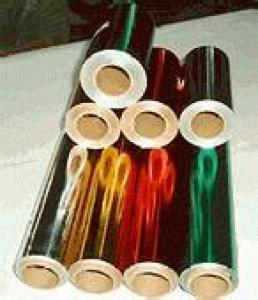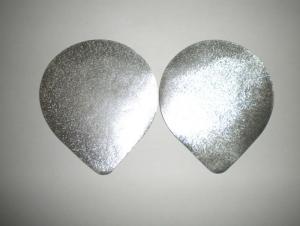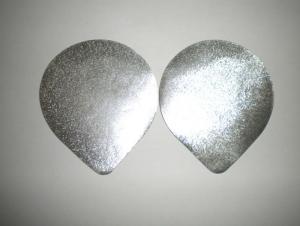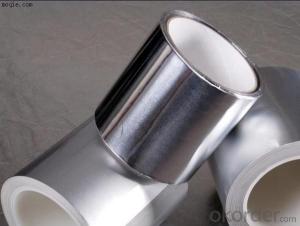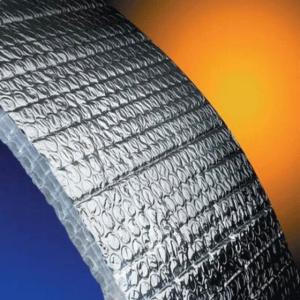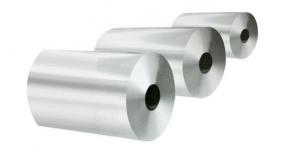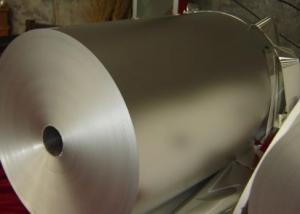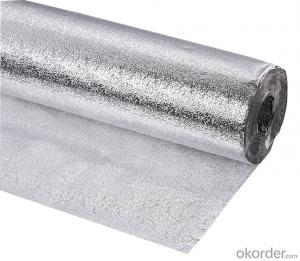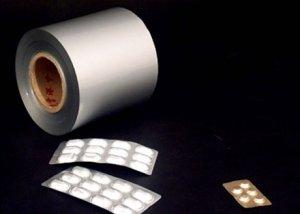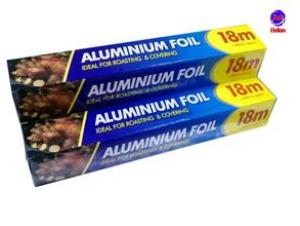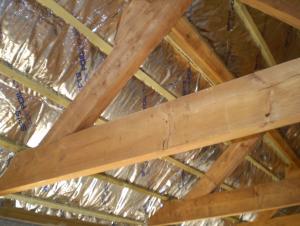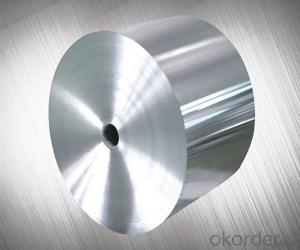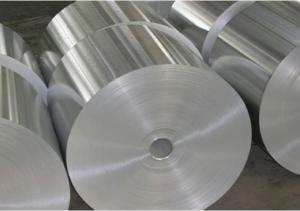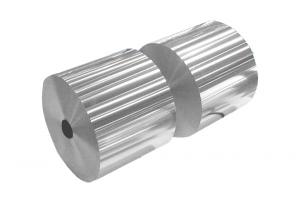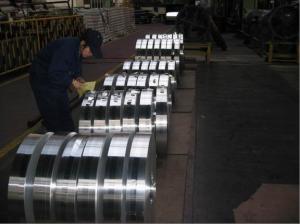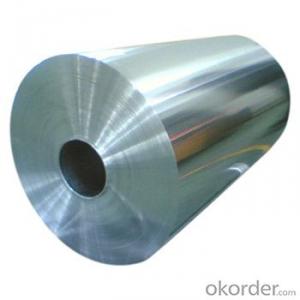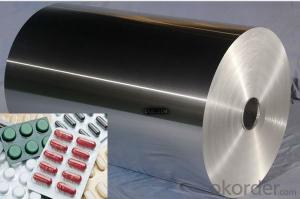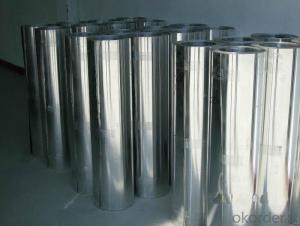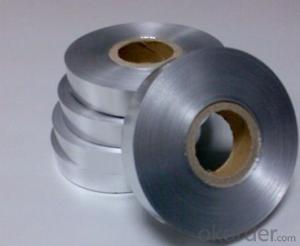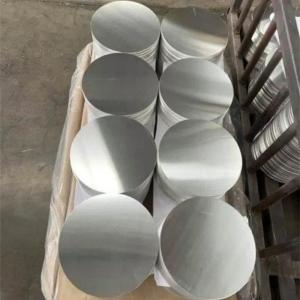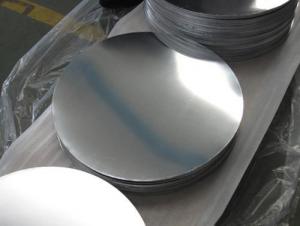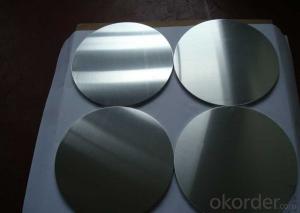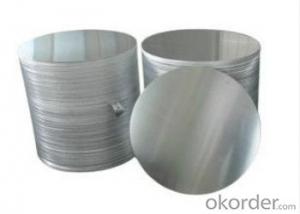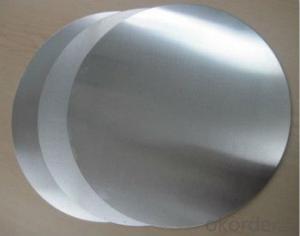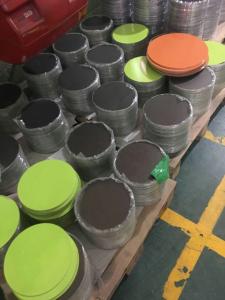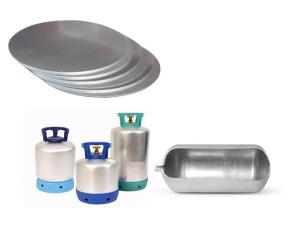Thin Aluminum Foil
Thin Aluminum Foil Related Searches
Thin Gauge Aluminum Foil Aluminum Foil Thick Thickness Aluminum Foil Aluminum Tin Foil Aluminum Thermal Foil Reinforced Aluminum Foil Micron Aluminum Foil Extra Thick Aluminum Foil Aluminum Titanium Foil Teflon Coated Aluminum Foil Tin Foil Aluminum Thinnest Aluminum Foil Soft Tempered Aluminum Foil Laminated Aluminum Foil Foil Aluminum Sealed Aluminum Foil Insulated Aluminum Foil Thick Aluminum Foil Sheets Polished Aluminum Foil Aluminum Foil Foam Sticky Aluminum Foil Aluminum Laminated Foil Tanning Aluminum Foil Aluminum Tooling Foil Aluminum Foil Coated Aluminum Insulation Foil Bulk Aluminum Foil Heavy Aluminum Foil Texas Tough Aluminum Foil High Quality Aluminum FoilThin Aluminum Foil Supplier & Manufacturer from China
Thin Aluminum Foil is a versatile product made from thin sheets of aluminum, known for its lightweight, malleability, and excellent barrier properties. It is widely used in various industries, including food packaging, pharmaceuticals, and construction, due to its ability to protect contents from moisture, oxygen, and other environmental factors. This product is also appreciated for its heat resistance and reflective properties, making it ideal for cooking and insulation purposes.In everyday life, thin aluminum foil is commonly used for wrapping food items to preserve freshness, cooking, and baking, as it can withstand high temperatures without breaking down. It is also utilized in the pharmaceutical industry for sealing medication blister packs, ensuring the integrity and safety of the products. Furthermore, its reflective nature makes it a popular choice for insulation in construction projects, as it helps to reduce heat transfer and maintain a comfortable indoor temperature.
Okorder.com is a leading wholesale supplier of thin aluminum foil, boasting a vast inventory that caters to the diverse needs of various industries. With a commitment to quality and customer satisfaction, the platform offers competitive prices and reliable service, making it a go-to destination for businesses seeking to purchase this essential product in bulk.
Hot Products
